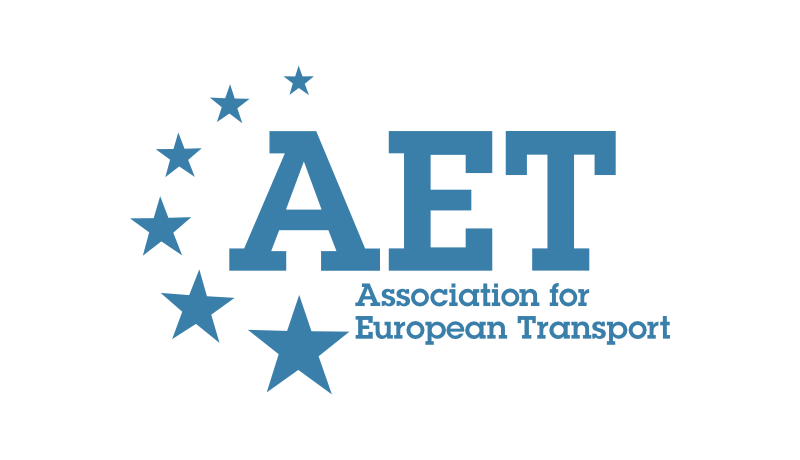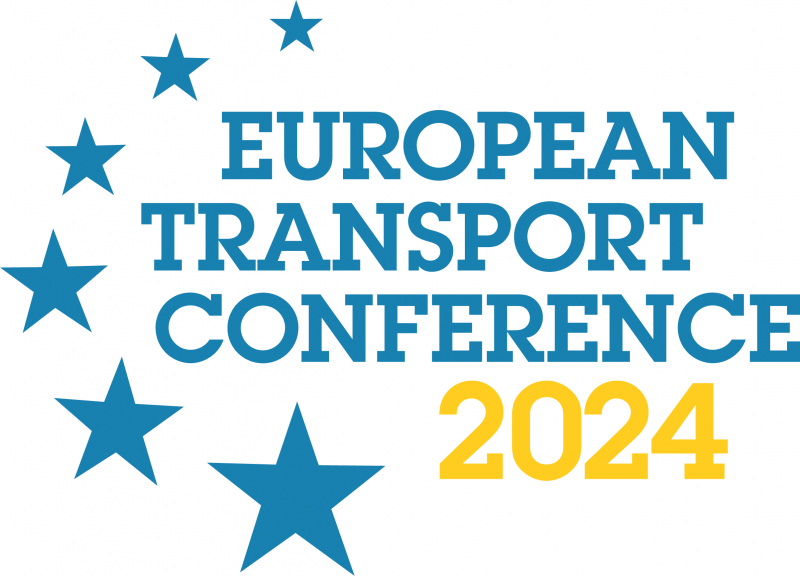-
Past ETC Papers
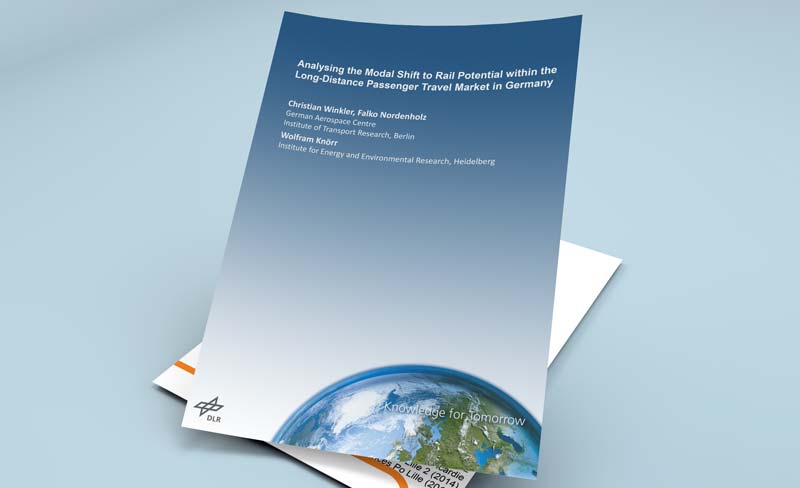
Browse, search and view papers from the past AET Conferences.
-
Members' Area

AET promotes networking and exchange of ideas, information and opportunities amongst members.
Conference Papers 2017
Barcelona, Spain
ETC Conference Papers 2017
HOW CAN WE MODEL TRAVEL FREQUENCY? – A CRITICAL REVIEW OF CURRENT PRACTICE
Seminar
Day 2 (5 Oct 2017), Session 5, Trip Generation, 12:00 - 14:00
Status
Accepted, documents submitted
Submitted by / Abstract owner
Kaveh Jahanshahi
Authors
Kaveh Jahanshahi, RAND Europe, Bhanu Patruni, RAND Europe, Andrew Daly, RAND Europe
Short abstract
The paper should assist the transport modellers and policy makers in choosing appropriate trip frequency modelling tools which best suit their problem.
Abstract
The number of tours (or trips) made by an individual (or a household) is often treated as an important but stable component of a travel demand model. However, there is considerable variation in rates of travel and understanding these variations is important to obtaining accurate forecasts of future traffic flows. Two central issues face modellers in trying to develop accurate models of tour rates.
First, data from sources such as the UK National Travel Survey and other home interview surveys gives tour rates for a day (or week) as zero or positive whole numbers (1, 2, ...). Category analysis formed part of the earliest travel demand models but is not sufficiently flexible for the task, while models such as linear regression are not appropriate for data of this type and will usually give biased estimates. Poisson regression recognises the nature of the data but does not recognise that the value zero occurs more often than this simple approach would suggest. It is therefore necessary to adopt a ‘zero-inflated’ model such as ‘stop-go’ (Daly, 1997; Daly & Miller, 2006) or negative binomial (Jahanshahi & Williams, 2009). A further extension would be to Structural Equations Modelling (SEM, Jahanshahi et al, 2015).
Second, the key variables that influence tour rates are not always clear and present difficulties in measurement that influence estimation and forecasting. Here we are thinking of income, accessibility and land-use characteristics, as well as the more familiar socio-demographic variables that appear in many travel frequency models. For forecasting accuracy it is necessary that the influence of these variables is correctly estimated.
The paper discusses the issues and makes recommendations for a composite method.
As a case study, we analyse rail trip frequency from GB National Travel Survey Data, 1995 to 2015. This provides a large dataset of about 300,000 people over 18 years and includes 70,000 rail trips. Rail trip frequency as a case study provides a dataset with many cases of zero trips and opportunity to examine highly interrelated influences. This makes the case study suitable for our comparative analysis across modelling approaches.
The paper should assist the transport modellers and policy makers in choosing appropriate trip frequency modelling tools which best suit their problem.
Additionally, the study presents a theoretical framework developed based on the capabilities of alternative methods.
Documents:
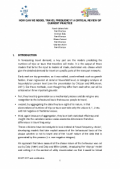
Association For
European Transport
Forester House
Doctors Lane
Henley-in-Arden
Warwickshire, UK
B95 5AW
+44 (0) 15 64 793552
VAT number: 710 1866 64
Conference Supporters & Endorsers

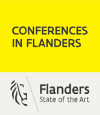


Legal Entity
The Association for European Transport is registered as an Association ('vereniging') with the Chamber of Commerce for Haaglanden in The Netherlands under company number 27170096.
Built on Zenario

